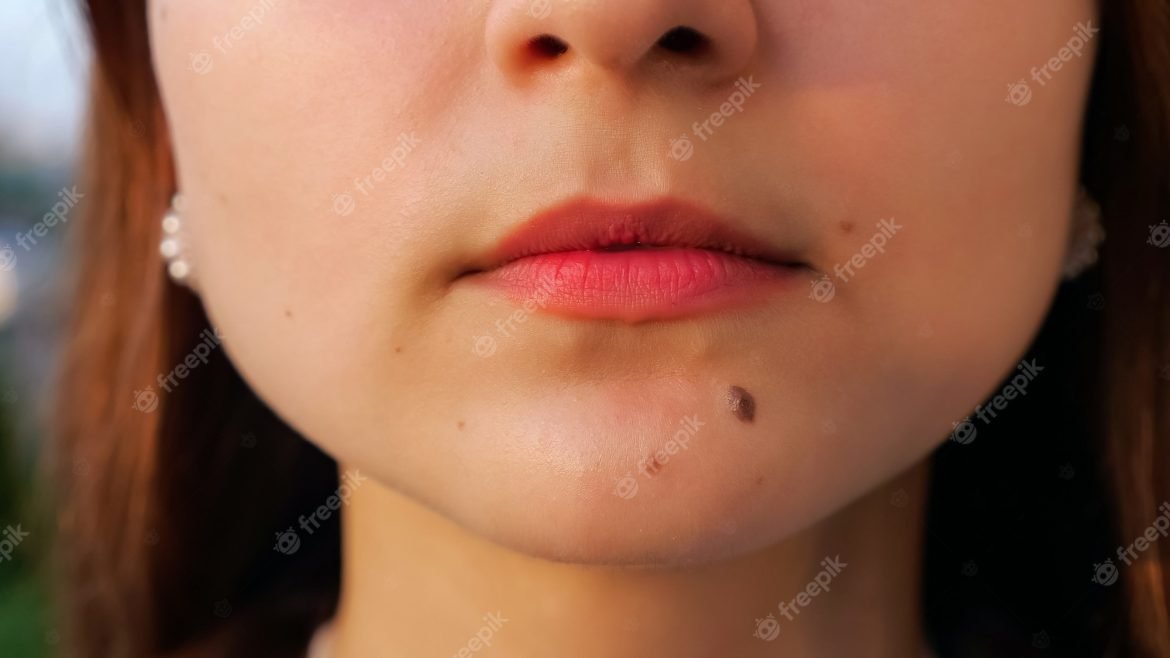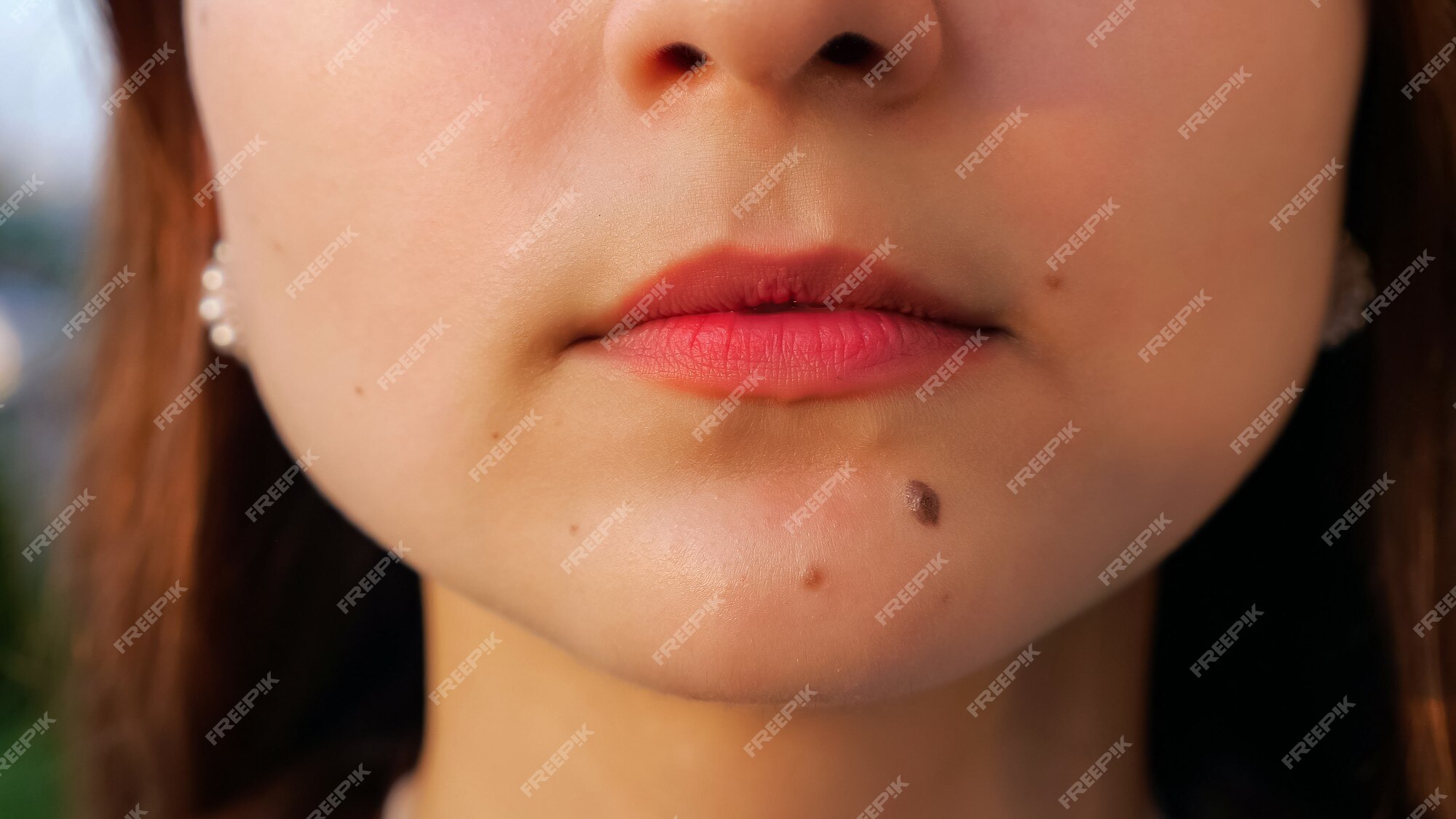
Introduction:
Birthmarks are fascinating and often add a unique charm to an individual’s appearance. While most people are familiar with birthmarks on the skin, such as pigmented spots or vascular malformations, hair birthmarks are a lesser-known phenomenon. These intriguing markings appear directly on the hair strands themselves, creating distinct patterns that captivate both scientists and individuals fortunate enough to possess them. In this article, we will explore the world of hair birthmarks, their causes, and the remarkable patterns they unveil.
What are Hair Birthmarks?
Hair birthmarks, also known as hair shaft disorders, are distinctive patterns or discolorations that appear on individual hair strands. Unlike traditional birthmarks, which affect the skin’s surface, these unique markings are embedded within the hair fiber, creating an enchanting display of colors, stripes, or other intricate designs.
Types of Hair Birthmarks:
a. Pigmented Hair Birthmarks:
Pigmented hair birthmarks occur due to an excess or deficiency of melanin within the hair shaft. These birthmarks can range from dark patches or streaks to light-colored spots amidst a sea of darker hair. The unique interplay of pigmentation within the hair creates striking and visually captivating patterns.
b. Structural Hair Birthmarks:
Structural hair birthmarks result from abnormalities in the physical structure of the hair shaft. These may manifest as irregularities in the thickness, shape, or texture of individual hair strands. Some common examples include twisted or ribbon-like hairs, pili trianguli et canaliculi (hairs with a flattened shaft and a longitudinal groove), or even bamboo hair (hair shafts with periodic alternating bands of normal and constricted regions).
Causes of Hair Birthmarks:
Hair birthmarks can arise from various factors, including genetic predisposition, hormonal imbalances, or external influences. Some individuals may inherit these distinctive patterns from their parents, while others may develop them spontaneously due to genetic mutations. Additionally, certain medical conditions or treatments, such as genetic syndromes or chemotherapy, can lead to the formation of hair birthmarks.
The Role of Genetics:
Research suggests that genetics play a crucial role in the formation of hair birthmarks. Specific genes involved in hair pigmentation and structure regulation can contribute to the development of these unique patterns. The inheritance patterns of hair birthmarks are complex, with both dominant and recessive genetic traits coming into play. Studying the genetic basis of these marks provides insights into their formation and paves the way for further discoveries.
Embracing Hair Birthmarks:
Hair birthmarks are a remarkable testament to the diversity and beauty of human beings. While some individuals may feel self-conscious about their hair birthmarks, many embrace them as a unique and defining feature. With the advent of social media and increased representation in the fashion and entertainment industries, people are celebrating their hair birthmarks and encouraging others to do the same. The acceptance and appreciation of these distinct patterns promote inclusivity and empower individuals to embrace their natural beauty.
Conclusion:
Hair birthmarks add an enchanting dimension to an individual’s appearance, unveiling a world of unique patterns and colors within their tresses. These captivating markings, be they pigmented or structural, offer a glimpse into the intricate workings of our genetic makeup. As society progresses towards celebrating diversity and individuality, it is heartening to witness the growing acceptance and appreciation of hair birthmarks. They serve as a reminder that our differences make us truly extraordinary and beautiful.



